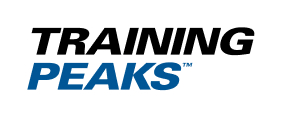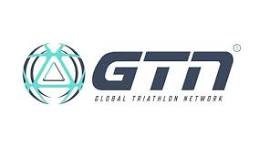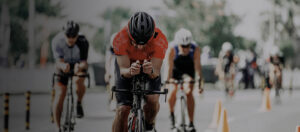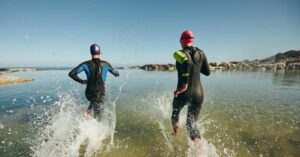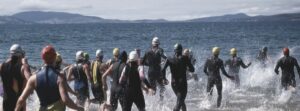Balancing comfort with aerodynamics can be a challenge. Here’s why…
With cycling, you shouldn’t accept discomfort as being normal. The chances are it will get worse over time, rather than better. The problem for many triathletes is that they race on road bikes, which are designed for group riding such as you see in the Tour De France. These bikes aren’t designed to be used in a low profile triathlon position. They are meant for riding in a more upright position with your hands on the bar-tops or brake hoods. There are also several ways to test your cycling aerodynamics, so you can test the impact that your changes might have on your face times.
Should I raise the handlebars?
It’s hard to get comfortable and aerodynamic when you’re doing a triathlon on a road bike, especially with tri-bars attached. You can normally achieve one without the other. Striving for aerodynamics means you end up bending too much from the waist as you attempt to get down low on your tri-bars. It’s no wonder your knees hit your chest. Your best bet is to raise your handlebars higher. This will probably increase your power output and allow you to get your head lower. At this point it might also be an idea to get your position re-checked (we recommend Retul bike fitters), as raising the handlebars can have knock-on effects on your seat position.
Should I get a triathlon-specific bike?
Better yet you could invest in a triathlon specific bike. A triathlon bike, also known as a TT bike, is designed for riding solo against the clock. People associate these bikes with aerodynamic tubing and sexy carbon wheels, but the one thing that makes these bikes really fast is their geometry. Unlike road bikes, the frame angles of a triathlon bike are designed for riding with tri-bars. So when you’re in a low tri-bar position, your knees won’t be hitting your chest. In effect, they allow you to be aerodynamic, whilst giving you the comfort to apply plenty of power to the pedals.
The main thing to consider with a triathlon bike is the seat-tube angle. The seat-tube is the part of the frame where the seat-post attaches. Road bikes have a seat-tube angle of around 72 or 73 degrees, whereas triathlon specific bikes have a more vertical angle of around 76 degrees. This steeper geometry rolls your whole body forwards, saving you from bending too much at the waist.





